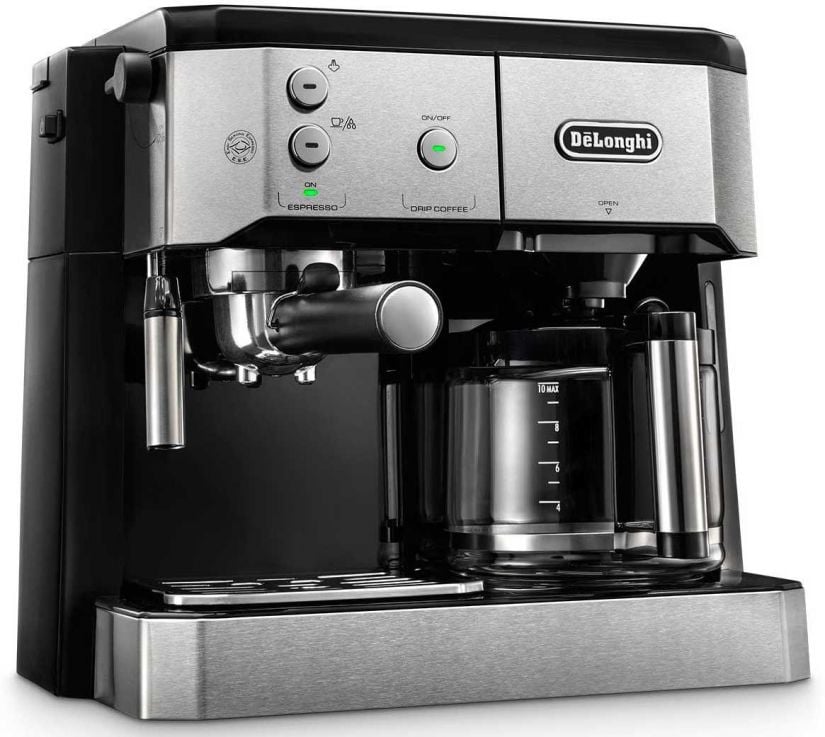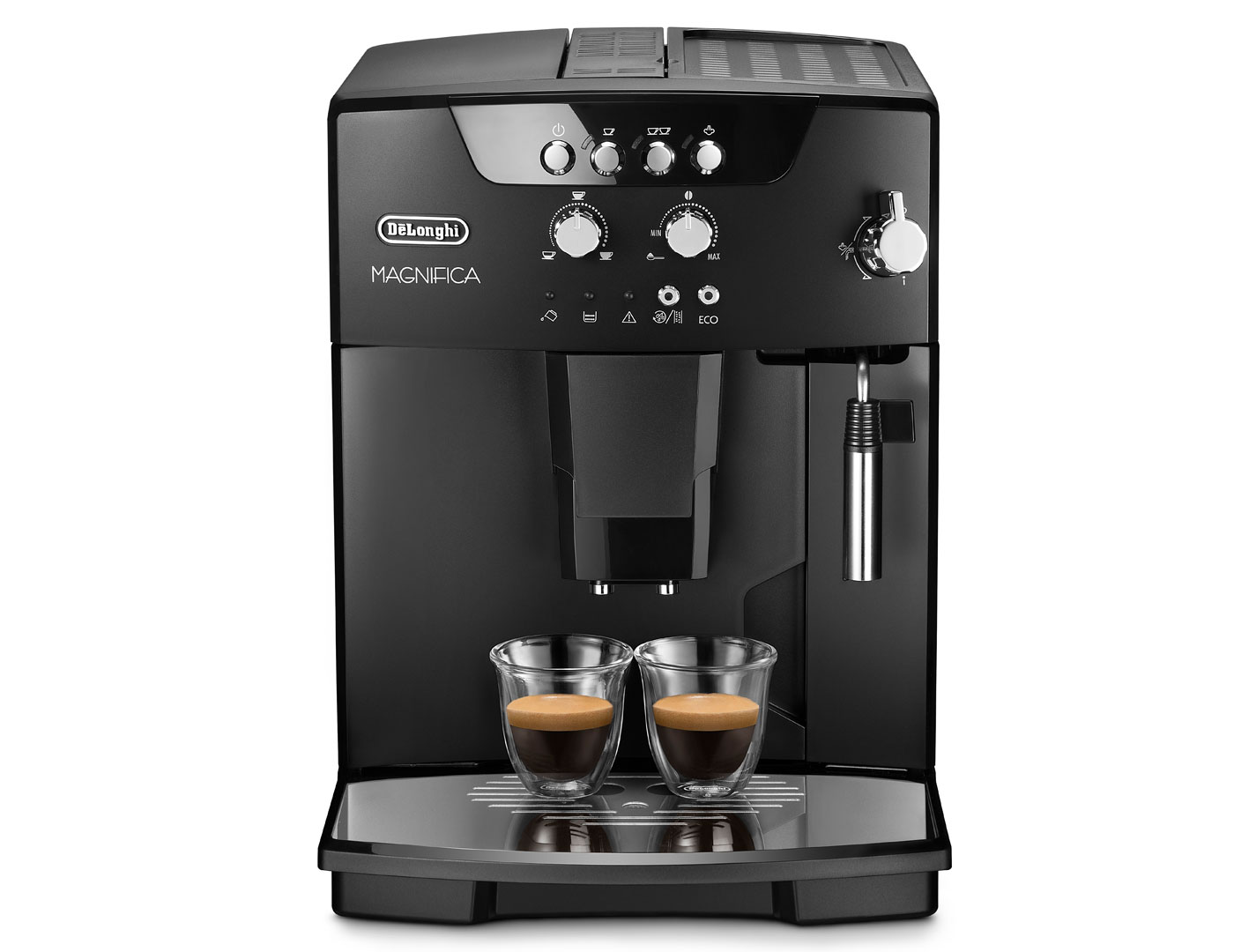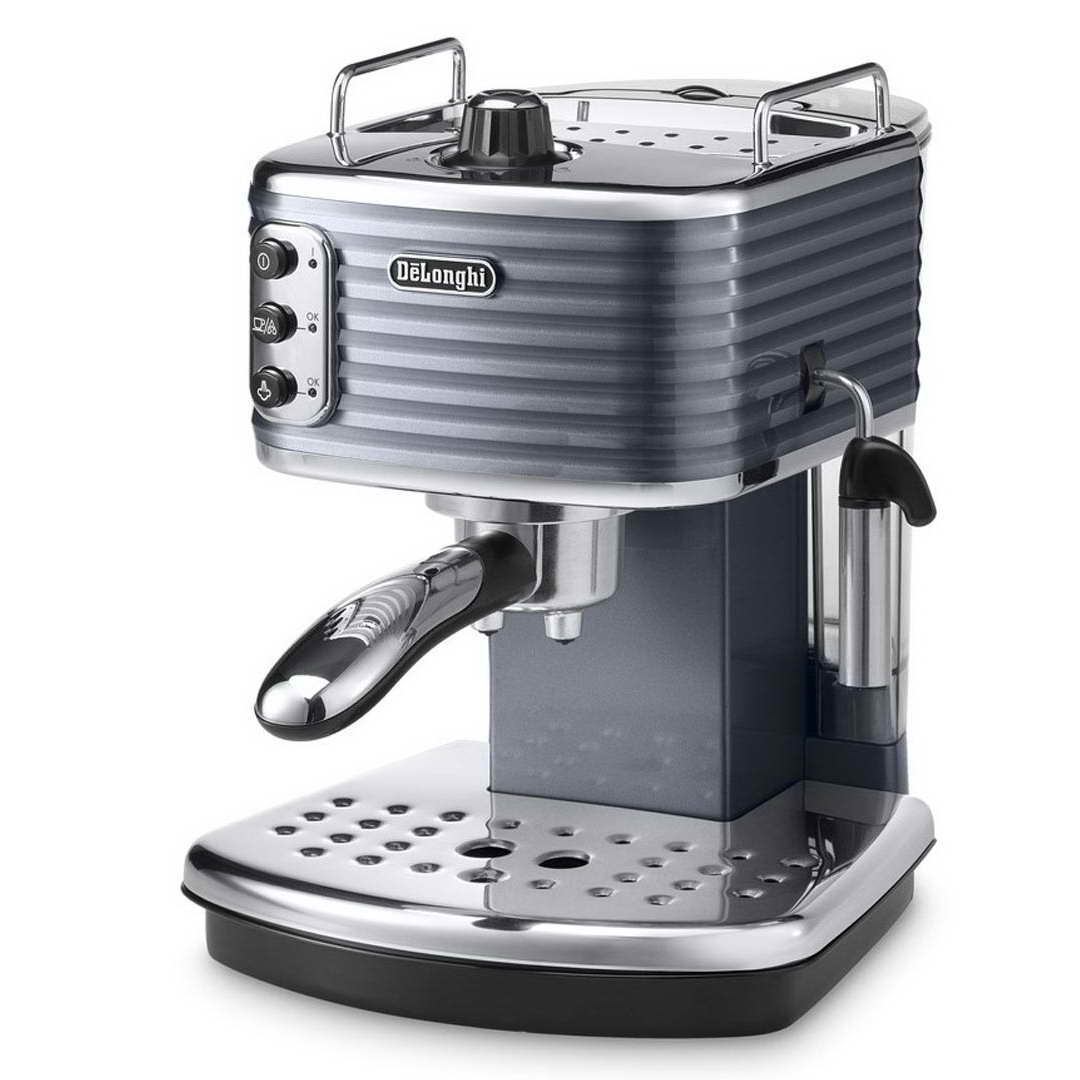

Burrs can be dealt with using sandpaper, but if you find severe scratches, you’re looking at a new filter. Despite what you may see star baristas doing, don’t get too cavalier with your technique, as even slight dings will ruin filter pressurization. The collar needs a good seal against the basket’s rim, so cleaning with a nylon brush around the lugs keeps everything tight.Ĭheck the collar for dings, burrs, or scratches from cleaning. Under-pressurizing is usually caused by gunk compromising the head seals, so make sure the three-pronged locking collar on the filter is scrupulously clean. But excess pressure can also result from the mesh not seating properly or a damaged seal, which lets grinds get into the bottom of the filter. One cause can just be rogue coffee grounds, often picked up from a cloth. A toothpick or other sharp object should clear it, but blow through the outlet just to be sure. You will probably find the outlet blocked. Dump it out, remove the basket, and pop the screen out. The filter will be filled with hot water. Be prepared for the filter to release suddenly with a loud burst as the pressure escapes. The handle will be hard to twist, so add some leverage by holding the coffee maker and turning it evenly. Press the extraction button to stop further pumping, and remove any glasses from the tray.īE VERY CAREFUL removing the filter from an over-pressurized machine as the release will be violent with hot water involved. If your machine over-pressurizes, you will know immediately, as you will hear it make a lot of noise and no liquid comes through. A good way to check before starting is to hold it up to the light. So scrutinize the filter chassis and mesh screen, including around the seal. One problem with pressurized filters is it only takes a single grind of coffee to block the outlet. But the upside is it confines almost all problems to the filter, which is the easiest place to fix problems. A true coffee aficionado will tell you that the downside is you lose the whole art of espresso.
DELONGHI EXPRESSO MACHINE MANUAL
Unlike a manual machine, semiautomatics don’t let you directly play with the pressure. It’s excellent for making average or lazy shots better, but it’s also a world of complexity that can have trouble all its own for the uninitiated.
DELONGHI EXPRESSO MACHINE FREE
Like Free Coffee? Get your first bag free with an Atlas Coffee World Tour Click here to get the deal Pressure Troubles If it clogs, the sooner you can abort, the less pressure will have built up, and the less explosive it will be when you remove the filter (see below). Never wander off as the brewer is running. No pressure but lots of water left in the filter means the gasket has been compromised, possibly a ding or a scratch. Rinse and dry it with a paper towel, not a cloth that can harbor grinds. Too much pressure upon release means something’s partially clogged, probably the mesh.

This is a sign that things are pressurizing right. You should feel a slight pressure release and see a tiny amount of water left behind. This warms up the pump and your cup and, more importantly, flushes old grinds from the hub. Then run a shot of hot water to flush as much water as possible. Assemble the empty filter and lock it into place.

You can avoid a lot of the troubleshooting process with an attentive run-through, something you should do with all machines but more so when pressurized filters are involved. A flashing orange steam button will let you know your machine needs this simple process, which isn’t difficult but does take time. Watch the buttons cycle through their start-up sequence because this is when the descaling notification appears. This is the one time you can be forgiven for the mistake, which hopefully no one saw.

We’ve all been there, groggy and half-blind in the morning, stumbling through the motions, bewildered by a machine that won’t start. Trouble Setting UpĪ De’Longhi coffee machine is easy to get going, too easy possibly, leading to user complacency. You can address most problems in two ways setting up properly and getting your puck right for the pressurizing filter. De’Longhi recognized this and has perfected easy-to-troubleshoot machines like the Dedica 685 to get the black gold flowing again. In the past, they required the skills of a mechanic to troubleshoot the hydraulics, heat, and electricity. Thankfully De’Longhi has foreseen this and offers a range of machines that lead the market for reliability and ease of troubleshooting to keep the world on track.Įspresso machines have always been notoriously fickle and trouble-prone.
DELONGHI EXPRESSO MACHINE CODE
An espresso machine that won’t brew at 4 am when it’s needed most is a code red crisis that puts the rest of the day on hold.


 0 kommentar(er)
0 kommentar(er)
